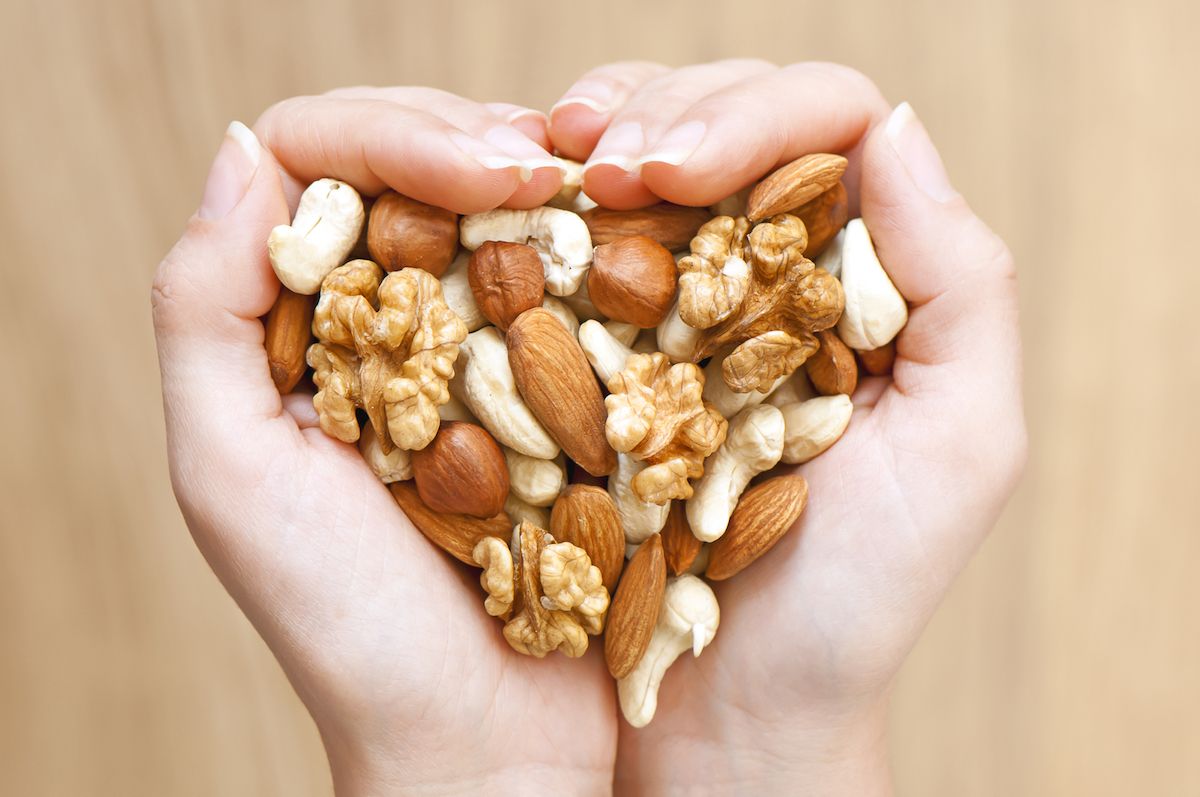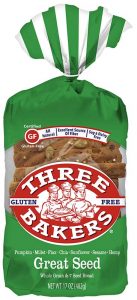- BY Tandy Hogate
- POSTED IN Information
- WITH 0 COMMENTS
- PERMALINK
- STANDARD POST TYPE

When you toss a handful of peanuts in your mouth, are you aware that you are not actually consuming a nut? The walnuts you chop to put in your cupcakes actually are not considered nuts either!
Seeds vs Nuts – What’s the Difference?
So when is a nut actually a nut? That is a great question! More and more allergy awareness brings increased awareness of the foods we are eating. Let’s unpack the differences between seeds, nuts, legumes, and drupes to make it as simple as possible.
SEEDS:

Our Great Seed Bread includes 7 seeds which provide a good source of Omega 3 ALA: Sunflower Seeds, Sesame Seeds, Chia Seeds, Millet Seeds, Hulled Hemp Seeds, Flax Seeds, Pumpkin Seeds.
Dictionary.com defines a seed as a flowering plant’s unit of reproduction, capable of growing into another plant. Seeds are relatively easy to determine as the word “seed” is often in their name. Some examples of seeds are sunflower seeds, poppy seeds, pumpkin seeds, flaxseed, and sesame seeds. Seeds are tiny little powerhouses packed with protein, vitamin B, minerals, fat, and dietary fiber. Seeds are commonly found on salads, and in muffins.
Seed allergies are rare but are on the rise. Seed allergies are not to be messed with as they can cause anaphylaxis.
FUN FACT: A nut can be a seed but a seed can never be a nut.
BOTANICAL NUTS:
According to Serious Eats, a true nut, botanically speaking, is a hard-shelled pod that contains both the fruit and seed of the plant, where the fruit does not open to release the seed to the world. Examples of tree nuts are hazelnuts, chestnuts, and acorns. Nuts are an excellent source of protein, vitamins, minerals, and healthy fat.
DRUPES:
Often also defined as nuts, drupes are actually vastly different from botanical nuts. The definition for drupes, also according to Serious Eats; A drupe is a type of fruit in which an outer fleshy part surrounds a shell (what we sometimes call a pit) with a seed inside. Well-known drupes are walnuts, almonds, pecans. Interestingly enough, peaches and plums are also drupes as they contain a pit. Similar to nuts above, drupes are high in protein, vitamins, minerals, and fat.
Drupes allergies are very common and are increasing at a rapid rate.
LEGUMES:
Legumes are edible seeds enclosed in a pod. A common and easily understood example of a legume is a pea. Other legumes are chickpeas, lentils, soybeans, and of course, peanuts. Peanuts are also high in protein and fat and are a wonderful source of energy but are also well known for being a known allergen.
FUN FACT: For simplicity, the term “culinary nuts” is a modern day term that encompasses all of the groups listed above
CAN YOU EAT SEEDS IF YOU HAVE A NUT ALLERGY OR NUTS WITH A SEED ALLERGY?
The answer is, maybe! It is important to know what you or your loved one are actually allergic to. Guesswork is fallible and can be dangerous, if not deadly. Always take careful notes and learn what your specific allergies are rather than lumping them into a group.
Now that you are aware of the different groups and criteria, does this change or affect any foods that you currently consume?
Tandy Hogate is a work from home wife, mom of four, and grandma to two. She lives on a farm in Alaska with her family and critters (her favorite critter being her rather large dog Fezzik). She enjoys traveling, writing, studying the bible, reading, hiking, working on the farm, sewing, and spending just as much time as possible with her family. Her favorite place is the river and her favorite sound is laughter.


